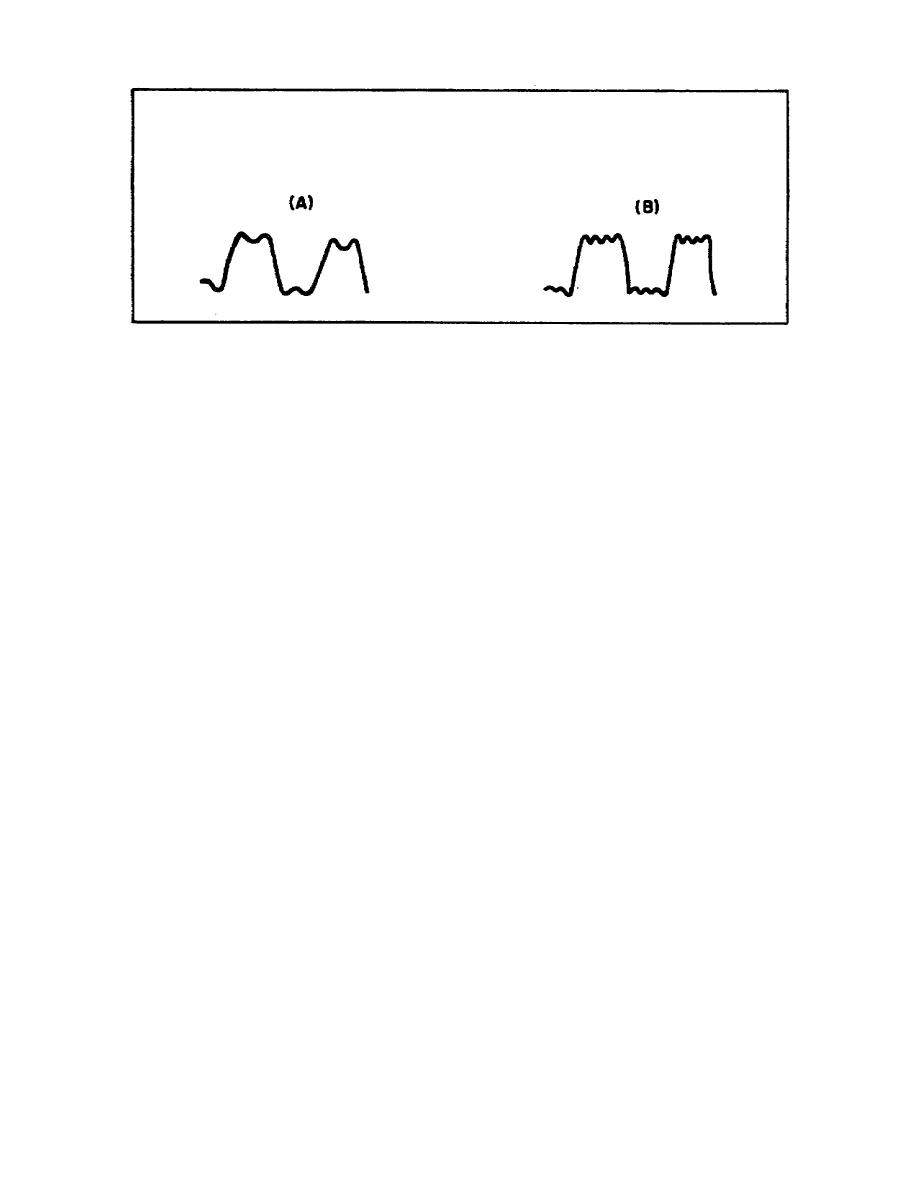
Figure 5. A square wave with low harmonic content
b. The relationship of harmonics to the waveform determines the
practical bandwidth limits necessary to pass a nonsinusoidal wave.
In some waveshapes, the amplitudes of the higher harmonics decrease
rapidly, thereby decreasing the number of harmonics necessary for
and, in turn, narrows the bandwidth requirement. Similarly, a wide
pulse reduces the number of harmonics necessary for good waveform
reproduction, which also narrows the bandwidth requirement.
c. The function of a waveform in a circuit also determines the
vital, a suitably wide bandwidth must be used. If a waveform can be
modified without affecting the circuit, a narrow bandwidth which will
not provide passage of all harmonics considered desirable for good
waveform reproduction may be used.
7.
PULSE BANDWIDTH REQUIREMENTS.
a. Definition of a pulse. A pulse can best be defined as a
sudden rise and fall of voltage or current. Square waves and
rectangular waves are examples of pulses.
b. Pulse parameters. Pulse parameters are characteristic
properties that describe a pulse. The pulse rise time, tr, the
leading edge of the pulse, is the time required for a pulse to rise
from 10 percent to 90 percent of its maximum amplitude (Figure 6A).
The pulse duration, td, is the time that the pulse remains at maximum
amplitude. The decay time, tf, the trailing edge of the pulse, is
the time required for the pulse to return to zero. These times, tr,
td, and tf, are the pulse parameters.
9


 Previous Page
Previous Page
